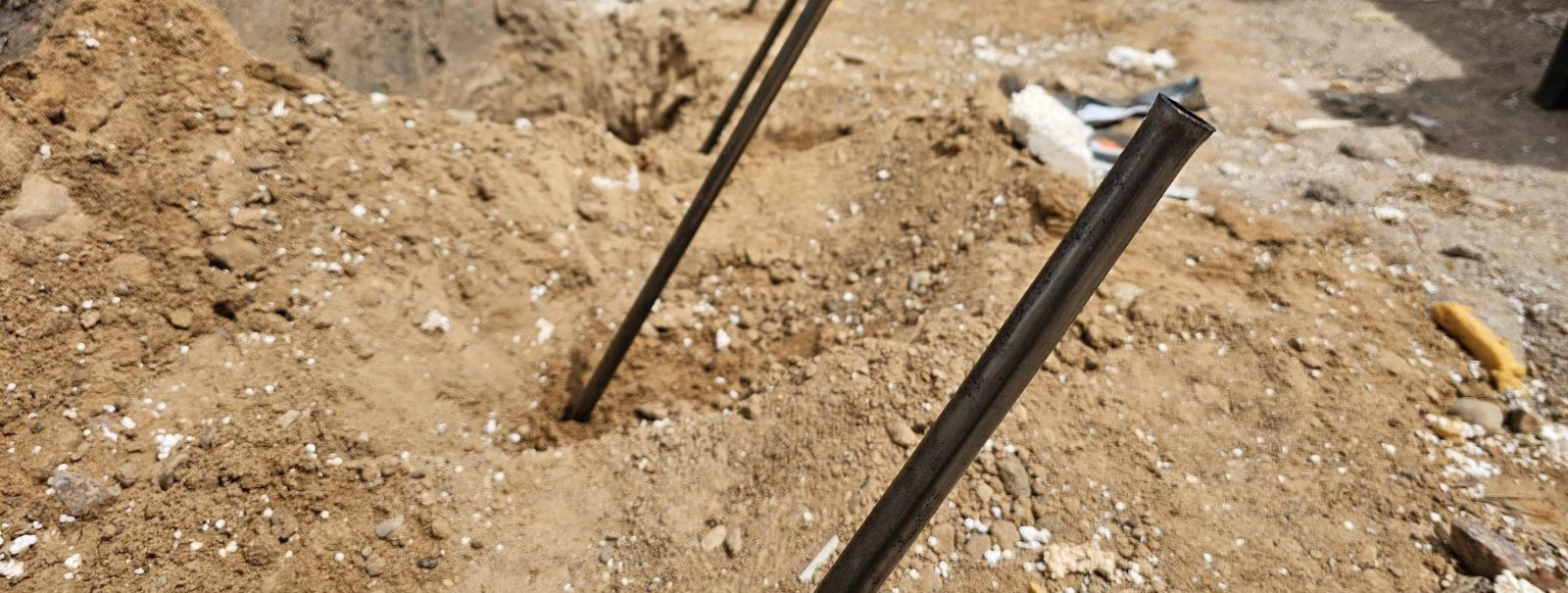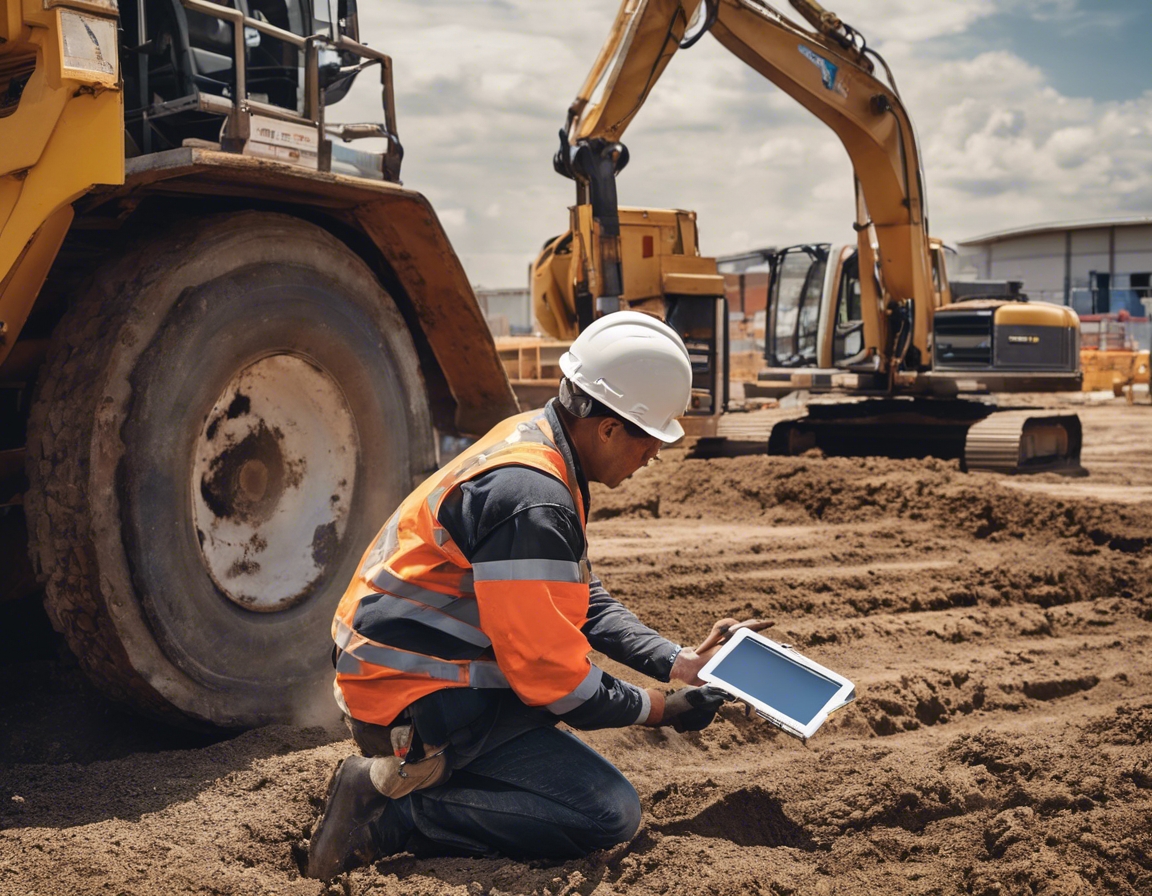Understanding soil stabilization: methods and benefits
Soil stabilization is a critical process in the construction industry, involving the alteration of soils to enhance their physical properties and make them more suitable for construction purposes. This process is essential for ensuring the stability and longevity of structures by preventing soil-related issues that can compromise the integrity of buildings and infrastructure.
Construction projects often face challenges such as soil erosion, shrinkage, swelling, and poor load-bearing capacity. These issues can lead to structural damage, such as settling foundations and sinking floors, which are of particular concern to our target audience in Northern and Eastern Europe.
Methods of Soil Stabilization
Mechanical stabilization involves physically altering the soil structure through compaction or blending with aggregates. This method is often used to increase the density and load-bearing capacity of the soil.
Chemical stabilization includes the addition of binding agents such as lime, cement, or fly ash to improve soil strength and stability. This method is effective for treating a wide range of soil types and conditions.
Polymer-based stabilization utilizes synthetic materials, such as geosynthetics, to reinforce soil and provide additional support to structures. These materials are particularly useful in areas with weak or unstable soils.
Thermal stabilization involves the use of heat to change the soil's moisture content and improve its bearing capacity. This method is suitable for soils that are too wet or contain excess moisture.
Electrical stabilization, also known as electro-osmosis, applies an electrical current to the soil to reduce water content and enhance stability. This technique is often used in conjunction with other stabilization methods.
Biological stabilization leverages the growth of plants or microorganisms to bind soil particles together and increase soil strength. This method is environmentally friendly and can also help in erosion control.
Benefits of Soil Stabilization
One of the primary benefits of soil stabilization is the increased load-bearing capacity of the soil, which is crucial for supporting heavy structures and infrastructure.
Stabilized soils are more resistant to environmental factors such as water and temperature changes, leading to improved durability and longevity of the construction project.
Soil stabilization can be a cost-effective solution, as it often reduces the need for expensive deep foundations and allows for the use of local materials.
Many soil stabilization techniques are environmentally friendly, reducing the need for non-renewable resources and minimizing the carbon footprint of construction projects.
The variety of soil stabilization methods available allows for tailored solutions to specific soil conditions and project requirements, offering flexibility and versatility to construction professionals.







Comments (0)